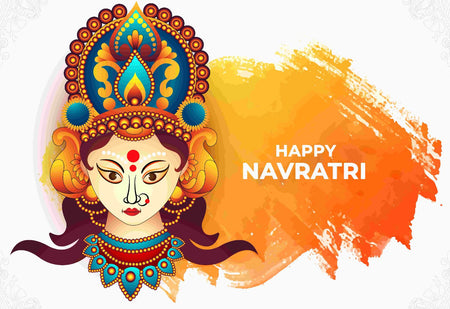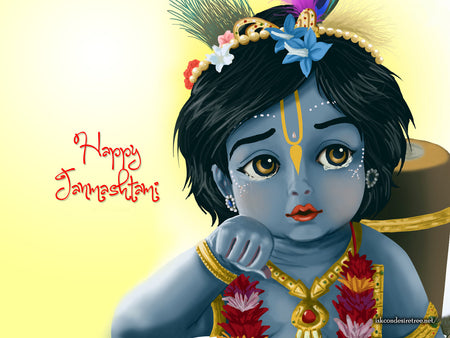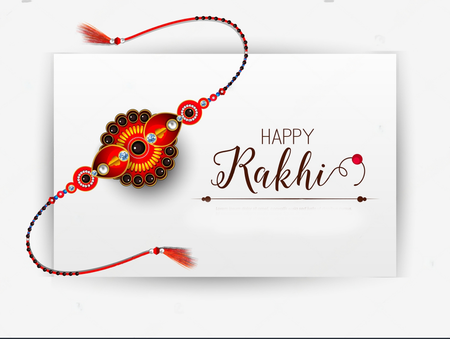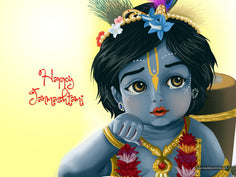Which Flowers are Used for Which Goddess in Navratri?
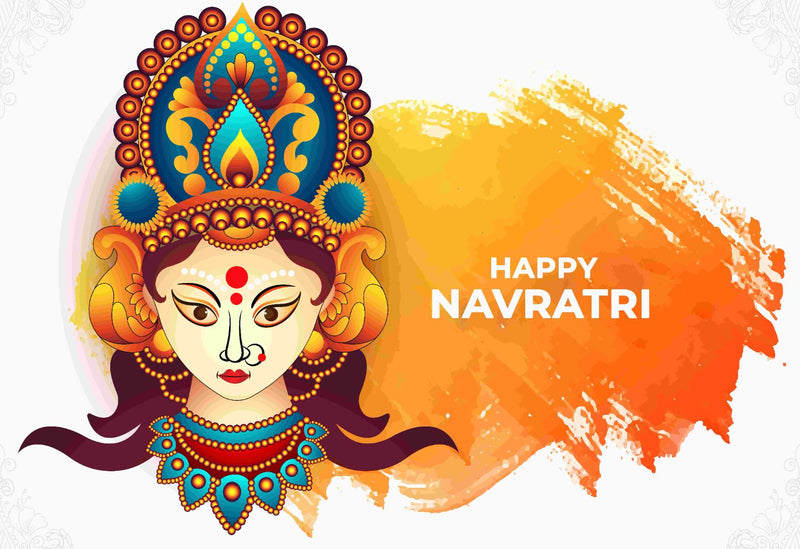


Devotees eagerly worship Goddess Brahmacharini on the second day of Navratri, a goddess renowned for her unchanging devotion and strict discipline. She represents the virtues of patience, self-control, and spiritual discipline. White flowers, especially Chrysanthemum flowers, have unique importance since they are symbolic of purity and peacefulness, two qualities that exactly match Brahmacharini's divine characteristics. These exquisite white flowers are a worthy tribute to the goddess, reflecting the calmness of her aura and the purity of her heart. As the faithful gather to honor her on this day, they seek to adopt her qualities of devotion and simplicity, aiming for a life guided by spiritual wisdom and inner strength.

Goddess Chandraghanta, the third incredible incarnation of the powerful deity Durga, is praised for both her powerful force and her calm and kind attitude. She radiates an aura of peace and kindness that covers her devotees in a soothing embrace. Worshippers go to temples, homes, and sacred places on this auspicious day devoted to her to make offerings of beautiful, pure Lotus flowers. The Lotus, with its pristine white petals, symbolizes the very essence of purity and calmness, resembling the divine qualities that define Chandraghanta herself. This symbolism goes beyond mere aesthetics, as it highlights the profound connection between the goddess and the lotus, strengthening the belief that her blessings bring a sense of inner peace and serenity to those who worship her.
Day 4: Maa Kushmanda - The Creator of the Universe

Kushmanda, the fourth manifestation of the goddess Durga, is honoured for her important part in the creation of the universe, often depicted as the cosmic source of life and energy. It is said that the simple curve of her divine smile ignited the spark that brought the universe into existence. Her bright smile's symbolism represents the infinite creative potential she possesses. Devotees honor Goddess Kushmanda with fragrant jasmine flowers during the holy festival of Navratri as a sign of their affection and respect. The choice of jasmine is not random; its sweet and delicate fragrance represents purity and serves as an illustration of the pristine beginnings that the goddess heralds. It is a meaningful act of seeking blessings from the god who is regarded as the spark for the creation and the source of all beginnings in the universe for new initiatives, creative endeavors, and fresh starts in life. Thus, the worship of Goddess Kushmanda with jasmine flowers becomes a beautiful tribute to her divine qualities and the transformative power she holds over the universe.
Day 5: Maa Skandamata - The Mother of Skanda (Lord Kartikeya)

Devotees assemble to honour the divine mother, Goddess Skandamata, on the fifth day of Navratri. She is Lord Kartikeya's loving and protective mother. Kartikeya is the child of Lord Shiva and Goddess Parvati. Skandamata has importance not just because she is a mother, but also because she is a representation of power and defence. Pink flowers are a beautiful representation of her kind presence, with pink roses being especially valued in her devotion. During this festival, the colour pink resonates with profound meaning because it captures the intense feelings of love and maternal devotion that are at the heart of Skandamata's persona. Devotees offer their sincere prayers and ask for her blessings in order to get the power, direction, and limitless love that only a mother can give. It is a day when the caring aspect of the divine goddess is celebrated, reminding us of the unconditional love and protection that mothers offer to their children.
Day 6: Maa Katyayani, the Goddess of War

On the sixth day of the Navratri celebration, Goddess Katyayani, the strong warrior form of Durga, is honoured and worshipped with immense devotion. Devotees offer the goddess bright red lotus flowers on this auspicious day. The choice of the color red was not made randomly; it stands for the powerful qualities of strength, courage, and power, all of which are tightly connected with Katyayani's divine nature. The brilliant crimson petals of the lotus are an appropriate tribute to her fierce determination since her essence reflects her unwavering will to defeat evil and defend her worshippers.
Day 7: Maa Kaalratri - The Dark and Fierce Goddess

On the seventh day of Navratri, devotees pay honour to the mighty Goddess Kaalratri, whose divine presence is admired for its magnificent intensity. Offerings of blue and purple flowers, such as the stunning Krishna Kamal/Passionflower, are offered on this day. These deep, dark colours serve as a representation of Kaalratri's everlasting strength and remind us of her capacity to make significant changes in our lives. Devotees are reminded of the goddess's fiery determination and her role in eradicating darkness from their spirits, opening the way for a brighter and more enlightened future, as they submerge themselves in the vibrant colours of these floral offerings.
Day 8: Maa Mahagauri - The Goddess of Purity

In Hindu mythology, Goddess Mahagauri, the eighth celestial incarnation of Durga, is honored and praised for her unparalleled purity and peaceful nature. Mahagauri, the name she was given, means "extremely bright, clean complexioned, with a shine like a moon," which perfectly captures the purity of her character. During her devotion customs, devotees honor this goddess with offerings of pure white flowers, particularly the fragrant Mogra, also known as Arabian Jasmine. This selection of white blooms has deep symbolic significance since white symbolizes purity, innocence, and pure beauty. This symbolism fits in well with Mahagauri's divine qualities, elevating her to the status of a beloved deity in the Hindu deities.
Day 9: Maa Siddhidatri - The Bestower of Siddhis (Supernatural Powers)

The final day of Navratri is devoted to the Goddess Siddhidatri, the ninth and last incarnation of Durga. During their devotion rituals, her devotees offer red and yellow flowers as a form of devotion. These colors hold profound significance as they symbolize the transfer of knowledge and wisdom by Siddhidatri upon her devotees. Yellow depicts the brightness and clarity of information, while red represents the fierce passion of studying and gaining knowledge. This symbolic choice of colors reflects the belief that seeking the blessings of Siddhidatri can lead to the acquiring of profound understanding and spiritual enlightenment, making the ninth day of Navratri a spiritually significant and joyous occasion for devotees.
Understanding the significance of the flowers used for each goddess during Navratri adds depth and meaning to the worship rituals. These flowers not only add beauty to the festivities but also symbolize the qualities and attributes associated with each form of the divine. As you celebrate Navratri, consider incorporating these traditional flower offerings to enhance your spiritual connection with the goddesses and pay homage to their divine qualities.

